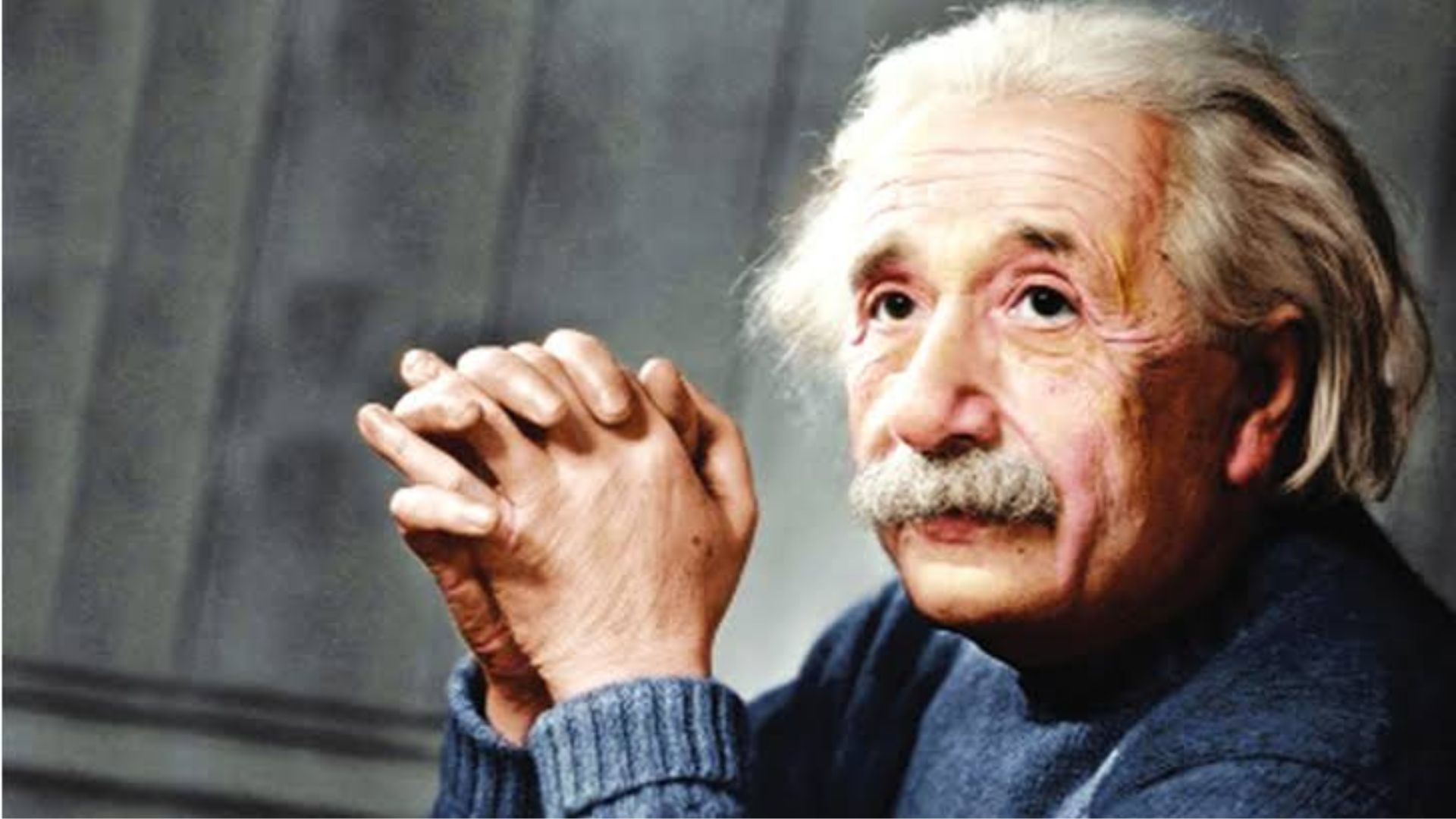
Toyota’s story begins in the late 19th and early 20th centuries with Sakichi Toyoda, an inventor who revolutionized the textile industry in Japan by creating the world’s first automatic loom. His invention laid the foundation for what would eventually become one of the world’s largest automobile manufacturers.
In 1933, Sakichi’s son, Kiichiro Toyoda, established an automobile division within Toyoda Automatic Loom Works. This division marked the company’s transition from the textile industry to automotive manufacturing. Kiichiro’s decision to enter the automotive market was driven by a desire to contribute to Japan’s industrialization. In 1934, the division produced its first Type A engine, and by 1936, the first passenger car, the Toyota AA, was on the road. The Toyota Motor Company was officially established in 1937.
Growth and Expansion
During the 1940s, Toyota’s production was limited due to World War II, but the company quickly recovered in the post-war era. By the 1950s, Toyota began focusing on improving quality and efficiency, adopting innovative production techniques, including what would later be known as the “Toyota Production System” (TPS). TPS introduced concepts such as “just-in-time” inventory and “jidoka” (automation with a human touch), which have since become standard in manufacturing industries worldwide.
The 1950s also saw Toyota’s first foray into the international market. In 1957, Toyota established its presence in the United States with the introduction of the Toyopet Crown, marking the beginning of Toyota’s global expansion.
Global Success
The 1960s and 1970s were pivotal decades for Toyota as the company expanded its operations and product lines globally. The launch of the Toyota Corolla in 1966 was a significant milestone, as the model became one of the best-selling cars worldwide. By the 1970s, Toyota had established itself as a major player in the global automobile market, particularly in the United States, where its reputation for quality and fuel efficiency gained traction during the oil crisis.
In the 1980s, Toyota continued to innovate and expand, launching the luxury brand Lexus in 1989, which quickly became a leader in the luxury automobile market. The 1980s and 1990s also saw Toyota leading the way in environmentally conscious vehicle development. The launch of the Toyota Prius in 1997 marked the world’s first mass-produced hybrid car, solidifying Toyota’s commitment to sustainable mobility.
Toyota Today
Toyota has continued to grow and evolve into the 21st century, becoming one of the world’s largest and most successful automotive companies. It has expanded its focus beyond traditional vehicles, investing heavily in hybrid, electric, and hydrogen fuel cell technologies. The company’s commitment to innovation is reflected in its ongoing research and development in autonomous driving, artificial intelligence, and mobility services.
Today, Toyota operates in over 170 countries, employing more than 360,000 people worldwide. It remains a leader in the global automotive industry, known for its commitment to quality, innovation, and sustainability. Toyota’s influence extends beyond manufacturing, as it continues to shape the future of mobility with a focus on creating safer, more efficient, and environmentally friendly vehicles.

 A.B.M. Abir
A.B.M. Abir 























